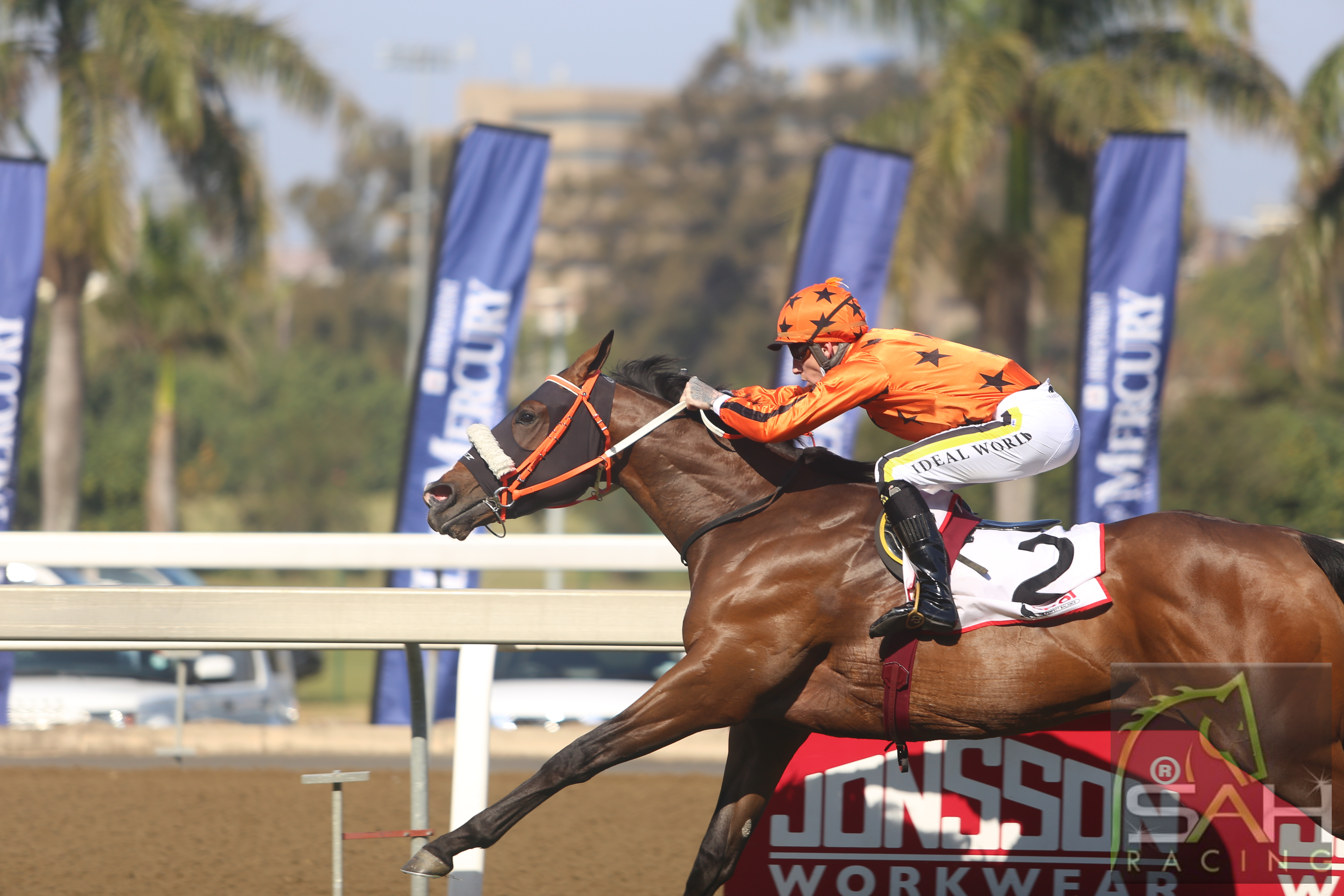
Recommendations by South Africa's Pattern Committee have been put in place for the first part of this season and if they are viewed as positive they might be included in the subsequent racing program too.
The first of the changes is aimed at aligning the class of a handicap pattern event to the class of the winner (NB a pattern race is a stakes race i. e. Graded and Listed races).
To achieve this a benchmark of 52kg for pattern handicap events below Grade 1 class has been implemented.
The hoped for effect is that a Listed class horse will have a better chance of winning a Listed handicap event, a Grade 3 class horse will have a better chance of winning a Grade 3 handicap event and a Grade 2 class horse will have a better chance of winning a Grade 2 handicap event, while the Grade 1 handicaps will favour the best horses.
Got The Greenlight is the highest rated horse on the Highveld on 126. However, the introduction of the 52kg benchmark means that if he runs in a Listed handicap, where the 52kg benchmark will pertain to a merit rating of 98, he would have to carry 66kg; if he runs in a Grade 3, where the 52kg benchmark pertains to a 102 merit rating, he would have to carry 64kg; and if running in a Grade 2 where the 52kg benchmark pertains to a 106 merit rating, he would have to carry 62kg.
This means horses of a lesser class will have a better chance of beating him the lower the status of the pattern handicap event.
The 52kg benchmark rule will not be implemented for the Grade 1 WSB Summer Cup. However, the weight range for the Summer Cup has been changed from 52kg-to-60kg to 54kg-to-60kg with the highest rated horse carrying 60kg. This will obviously make it harder for a lesser horse to win Johannesburg's traditionally biggest race.
In the last five renewals of the Summer Cup some of the results would have been effected if this change had been in place.
In 2017 the winner Liege carried only 53kg but won by 2,25 lengths so would have won the race anyway if having to carry 54kg and Fort Ember, carrying 56kg, would have also finished second. However, the next four finishers, Coral Fever (52kg), Pagoda (52.5kg), Girl On The Run (52.5kg) and Orchid Island (53.5kg), would have all been beaten on paper by French Navy, who carried 57.5kg and was beaten only 3,65 lengths in seventh place.
In 2018 the winner Tilbury Fort carried the minimum weight of 52kg and would have beaten the 0,60 length runner up Dawn Assault, who carried only 52.5kg. However, both of those horses would have been beaten on paper, if they had to carry 54kg, by the 0,80 length third-placed Cascapedia, who carried 54.5kg.
In 2019 the winner Zilzaal carried only 52kg and would have been beaten on paper by the runner up Soqrat, who carried 60kg and was beaten only 0,40 lengths. The next five runners, Al Mutakawel, Queen Supreme, Atyaab, Roy Had Enough and Green Haze, all carried 52kg and on paper four of them would have been beaten by eighth-placed Barahin, who carried 59kg and was beaten only 2,85 lengths.
In last year's race the only significant change would have been Dance Class, who would have finished sixth instead of fourth, and Tierra Del Fuego and Atyaab would thus have come up a place to fourth and fifth respectively.
Another Pattern Committee recommendation put in place is that a limit has been put on the number of merit rated points a horse can be raised in the first big feature races of both the Highveld and Cape seasons. The aim of this change is to encourage three-year-old participants.
Last year Mount Pleasant was raised to a 127 rating after winning the Grade 2 Jo'burg Spring Challenge. The hitherto unbeaten 112 merit rated horse was raised 15 points after beating the respectively 126 and 127 rated pair Cirillo and Chimichuri Run.
The three-year-olds running in this year's Jo'burg Spring Challenge will not have to fear being burdened with the huge merit raise that Mount Pleasant received. This year's race allows a winner to be penalised a maximum of eight points and placed horses cannot be penalised at all.
Mount Pleasant's next two poor performances after the Spring Challenge had nothing to do with his high rating as they were three-year-old level weight classics, but the high merit rating did effect him in his next outing in the Grade 2 Senor Santa Stakes (merit rated band conditions), despite him by then having been lowered to a 120. The initial 127 merit rating would also have limited his options for preparation races into the Grade 2 WSB Gauteng Guineas.
Another recommendation was to install merit rated band conditions into all pattern races of 2400m and further and to limit the merit rating raise for the winner to a maximum of six points. It was also recommended placed horses should receive no merit rating raise at all. This would have the effect of encouraging stayers, some of whom might be average at lesser distances but who would then be slapped with big raises for running second or third in a staying feature. Those big merit rating hikes then negate against them returning to lower division races over any distance. This recommendation has only been partially implemented.
Gold Circle
|